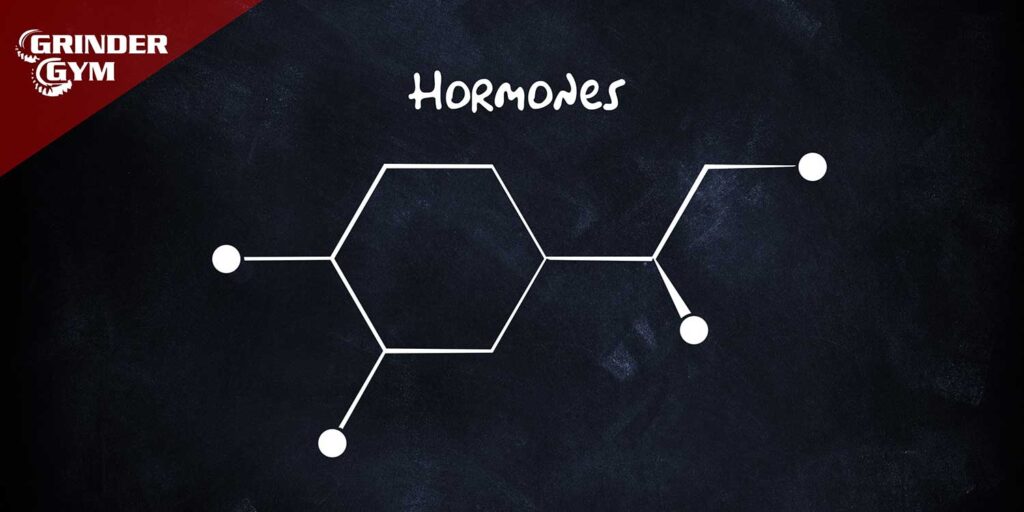
A synthetic tetrapeptide that promotes telomerase activity, thereby enhancing cellular regeneration and delaying the aging process. It is studied for its potential in improving longevity and repairing damaged tissues.
Common Name:
Epitalon
Compound Name:
Epithalon
Chemical Formula:
C14H22N4O9
Molecular Weight:
390.35 g/mol
Sequence and Amino Acid Composition:
- Sequence: Ala-Glu-Asp-Gly
- Amino Acid Profile:
- Alanine (A):
- Frequency: 1
- Properties: Small, non-polar, provides flexibility.
- Role in the Peptide: Helps to maintain the structure and orientation of the peptide.
- Glutamic Acid (E):
- Frequency: 1
- Properties: Polar and charged, participates in ionic bonds and is important for water solubility.
- Role in the Peptide: Contributes to the peptide’s stability and interaction with cellular components.
- Aspartic Acid (D):
- Frequency: 1
- Properties: Acidic, polar, involved in forming salt bridges and hydrogen bonding.
- Role in the Peptide: Important for biological activity and peptide binding to cellular targets.
- Glycine (G):
- Frequency: 1
- Properties: Non-polar, very flexible, smallest amino acid.
- Role in the Peptide: Provides flexibility and minimal steric hindrance, facilitating the peptide’s bioactive conformation.
- Alanine (A):
Structure:
Epitalon is a synthetic tetrapeptide, designed to mimic a natural peptide from the pineal gland. Its structure enables interaction with telomerase, an enzyme that aids in the maintenance and repair of telomeres.
Synthesis Method:
Synthesized via solid-phase peptide synthesis, ensuring high purity and the precise sequence required for its biological activity.
Solubility:
Soluble in water and most aqueous buffers, making it suitable for various forms of administration, including injectable solutions.
Stability:
Stable under typical storage conditions when kept refrigerated. For long-term storage, it should be kept in a lyophilized form away from light and moisture.
Function:
Epitalon is primarily known for its potential to regulate the cell cycle through telomerase activation. It may promote telomere elongation, thereby extending the lifespan of cells and potentially delaying the aging process.
Benefits and Uses:
- Investigated for its anti-aging effects, particularly in terms of cell rejuvenation and lifespan extension.
- Used in research studies looking at the prevention of age-related diseases and disorders.
- Potential roles in improving skin health, immune function, and neuroprotective activities.
Side Effects:
Epitalon is considered to have a high safety profile, with minimal side effects reported in clinical settings. Long-term effects are still under study.
Regulatory Status:
Not approved by major regulatory bodies like the FDA for medical use; primarily used in research and experimental therapies.
ARTICLES



